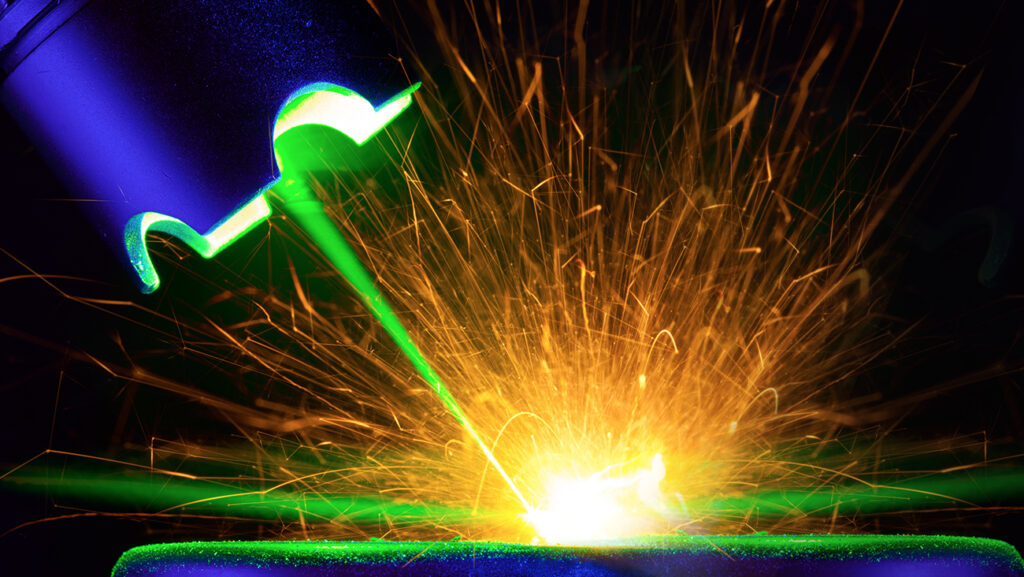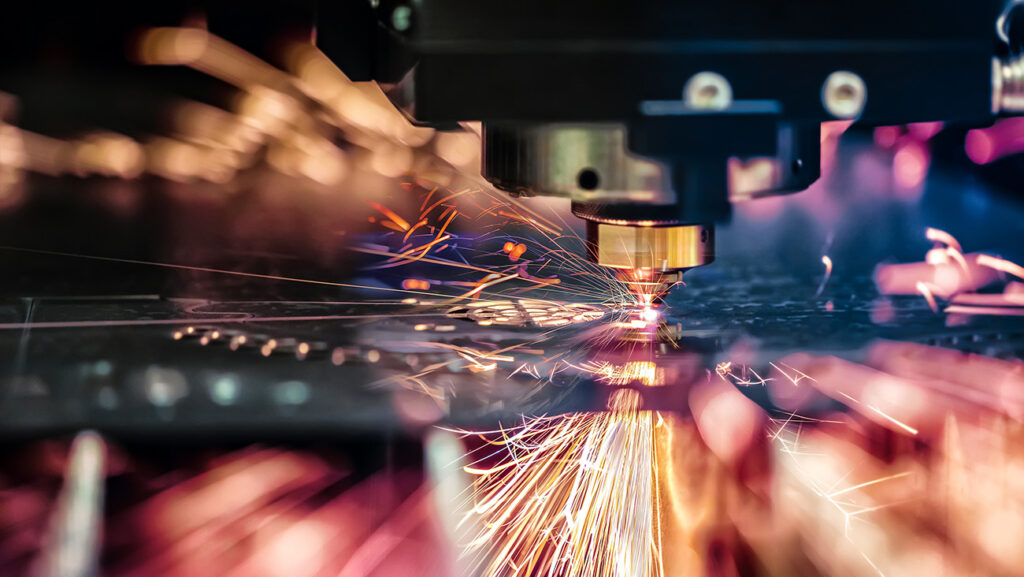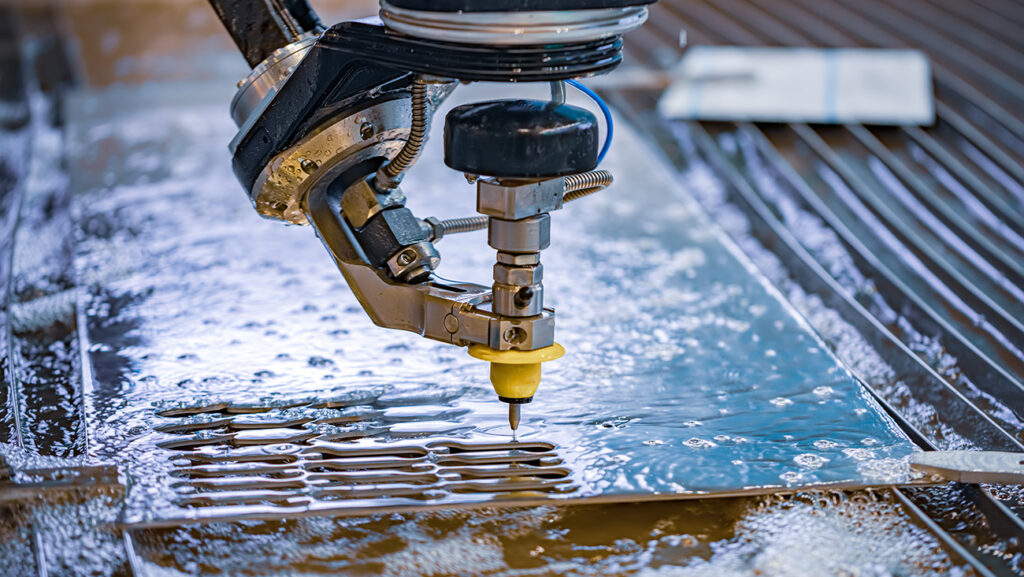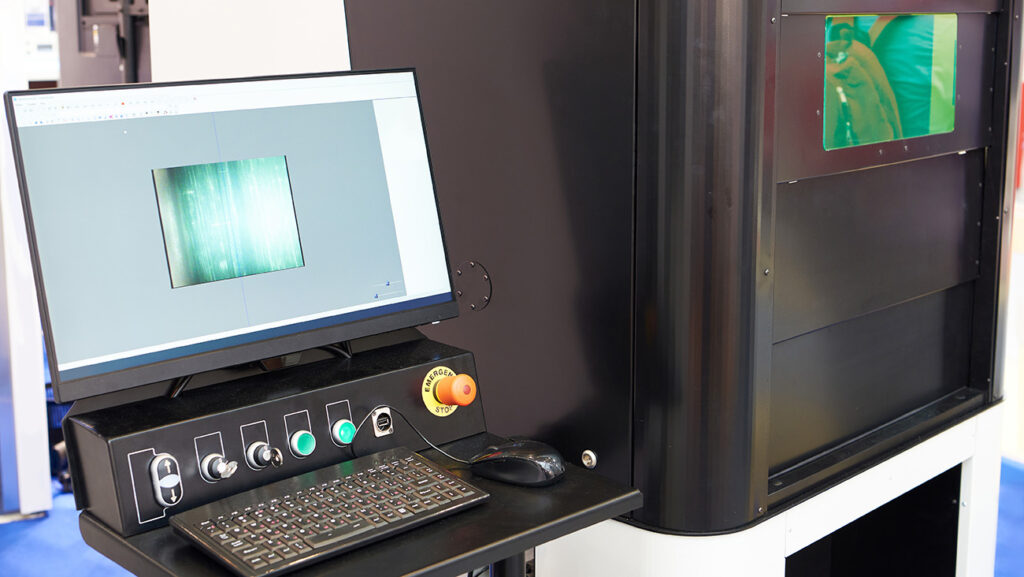Fiber laser or lamp-pumped laser? Which Processing Machine is Right for You?
Posted on March 31, 2017 in Blogs

Without the right laser choices and expertise a job shop might set you up to accept limitations you might not have to, take twice as long to process a job, could aid in you failing incoming visual inspections, provide limited bond strength, and ultimately create lower yields and higher costs. “Trying it” on an ill-equipped laser, in other words, is not something you want to endure.
But not only should the shop have various types of lasers available; it also needs significant expertise and experience in operating and maintaining each of those different laser types.
These are the factors an expert will walk you through before suggesting the laser your parts should be machined on:
- Processing steps (e.g., cutting, drilling, welding, etching/marking)
- Materials being processed (e.g., aluminum, steel, ceramic, epoxy, adhesive, and potential combinations)
- Geometry of the part (e.g., flat or curved, large or small)
- Material thickness
- Tolerance and precision required (e.g., acceptable variability in the width of traces and spaces and live areas caused by the laser kerf)
- Bond strength and visual inspection requirements (does it need to be beautiful or functional or both?)
Fiber Lasers vs. Lamp-Pumped Lasers
The challenge of knowing the right laser to process on today is made more difficult by the speed of laser machining innovation — laser job shops and their laser operators need to stay current. A good example is the recent introduction of fiber laser processing, which offers several design for manufacturability advantages over certain lamp-pumped laser processes. To understand the difference, it helps to understand a little about how each laser works.
Lasers produce a beam of light whose light waves’ peaks and valleys are all exactly aligned, which is to say the light is coherent. In a lamp-pumped laser that coherency is typically achieved in a gold-plated cavity called a resonator from which the light is emitted and directed by mirrors to a target. A lamp (bulb) serves as the light source. Light from the lamp enters (is “pumped” into) the resonator through a YAG crystal that provides a gain medium that amplifies the light’s energy (i.e., makes it brighter).
Fiber lasers eliminate the lamp, resonance chamber, mirrors, and the YAG crystal. Instead, a semiconductor diode serves as the pumping mechanism and a doped fiber optic cable serves as both the gain medium and the resonator. Because there are no mirrors, there are no mirrors that need to be correctly and constantly aligned so operators have much more range of motion when directing the laser beam, allowing them to cover larger surfaces and trace much more complex patterns across surfaces. Fiber cable is also much more energy efficient than mirrors, so it can deliver much more energy for cutting and welding. That translates to a capability to process a wider range of materials at greater thicknesses and with deeper welds — so operators can cut and weld larger, thicker pieces and achieve stronger welds.
Beam output power of a Fiber Laser can also be much more precisely controlled over a much wider range of output power settings as compared to a lamp-pumped laser— again, greatly increasing the range of specifications the laser operator can meet. Kerf can also be smaller, cuts and welds are cleaner, and beam paths are much more precise. Fiber lasers are also virtually immune to an issue lamp-pumped lasers encounter: back-reflections. That’s when light reflected off the target material interferes with the light in the resonance chamber, causing the beam to scatter and its power to vary.
Cutting Turn Time by a Third
Fiber lasers also have fewer moving parts, lower operating costs (due to increased energy efficiency), and so are more reliable — reducing downtime and lowering operating costs even further.
Thanks to their higher efficiency, precision, flexibility, and reduced downtime, we estimate that fiber lasers cut turn time by a third for most jobs versus other YAG laser machines.
The lesson here, however, is not necessarily that fiber lasers are always the right tool for every job. Having a variety of lasers and laser technologies allows a job shop like Accumet to meet almost every job’s specific requirements and to balance workloads and costs across machines so customers spend both their time and their money more efficiently. Be sure your laser processing service provider is staying current on the available technology and know which of those options best fits your requirements.
If you have a question about whether a fiber or lamp-based processing solution is right for your design, let us know by submitting a question to our support team.



